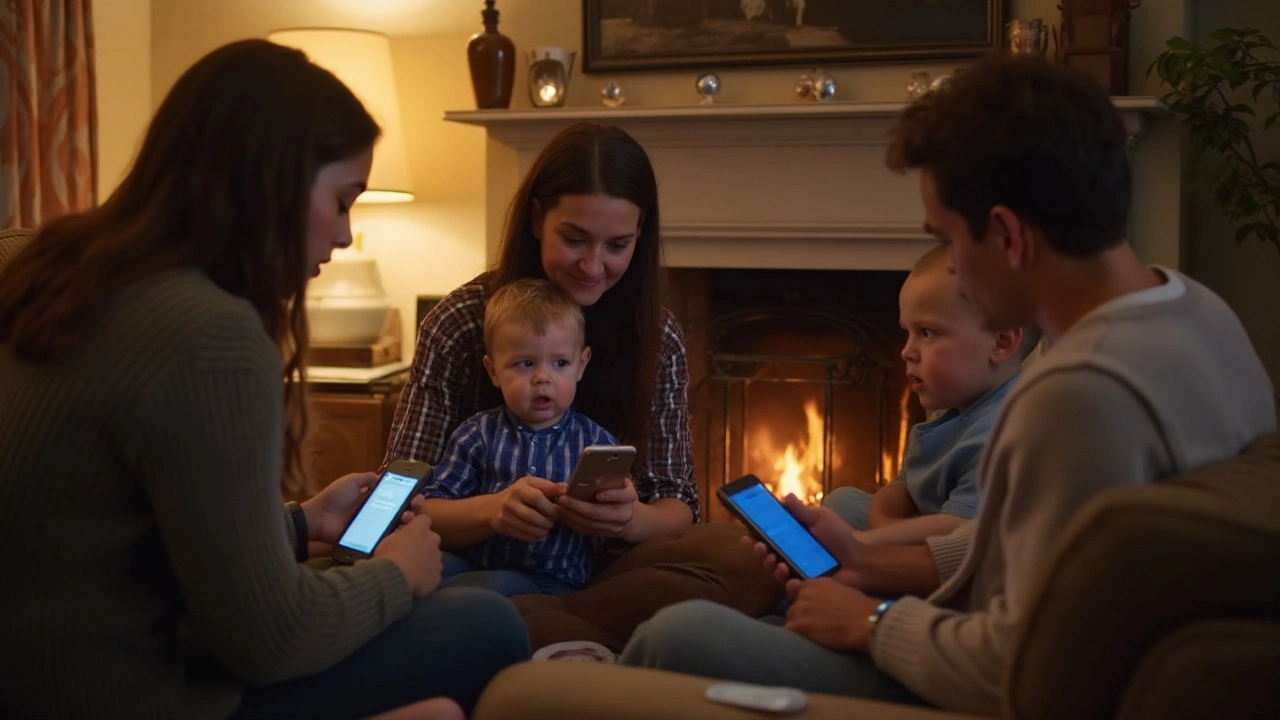Interaction: Use ChatGPT to Boost Audience Engagement
Interaction is the currency of online marketing. A single helpful reply can turn a browser into a customer, and consistent two-way conversation builds trust faster than any pushy ad. Use ChatGPT to scale real interaction without sounding robotic.
Start with clear goals. Ask: what reaction do you want? Comments, shares, signups, or support tickets solved? Pick one. Then design prompts that match that goal — not vague writing requests. For example, instead of "write a caption," ask: "write three friendly Instagram captions under 120 characters that invite users to share a tip and include a clear call-to-action." That delivers ready-to-post options and a direction for replies.
Keep your brand voice consistent. Feed ChatGPT short examples of past posts and a one-line tone description: friendly, concise, and slightly witty. Small context helps AI match your voice. Test the output quickly: post one variation, watch replies, and tweak prompts based on real audience reaction.
Use AI for comment triage and first replies. Create prompt frameworks that classify comments as praise, question, complaint, or spam, and generate a suggested reply for each. Example workflow: route urgent complaints to a human but reply immediately with a calm acknowledgment generated by ChatGPT. That reduces response time and keeps your brand humane.
Automate routine interaction without losing authenticity. Set rules: never auto-reply to DMs asking for personal info, always escalate refund requests. Automate simple FAQs and follow-ups, but keep a human-in-the-loop for nuanced issues. Readers notice when replies feel canned; mix AI efficiency with real human empathy.
A/B test voice and timing. Ask ChatGPT to write two versions of the same message—one direct, one conversational. Post both to similar audiences or at different times and measure engagement. Small changes in phrasing often shift reply rates and click-throughs.
How to write prompts that create real interaction
Start prompts with the outcome you want ("get a reply," "collect an email," "invite opinions"). Provide context: platform, audience, and brand tone. Give constraints—length, emoji use, character limits. Ask for alternative tones and quick follow-ups so you have ready responses when people reply.
Use cases and quick workflows
- Social posts: get 5 post ideas with hooks and follow-up replies.
- Replies: batch generate replies for the top 20 common comments.
- Moderation guide: produce clear escalation rules and templates for human handoff.
- Campaigns: craft sequence of 3 messages that warm cold followers into signups.
Start small and measure. Track response time, reply volume, and conversion after you add AI-driven replies. If reply rates climb or sentiment improves, scale up. If not, refine prompts and handoff rules.
Quick checklist: set response SLAs, create prompt library for common scenarios, schedule weekly reviews of AI replies, monitor sentiment with simple tags, and train new team members on when to override AI. Small rules keep conversations human and fast.
Measure results weekly, then tweak prompts and tone.
You don't need to replace humans—use ChatGPT to make interactions faster and smarter. When AI frees up time, your team can handle the hard conversations that actually grow the business.



